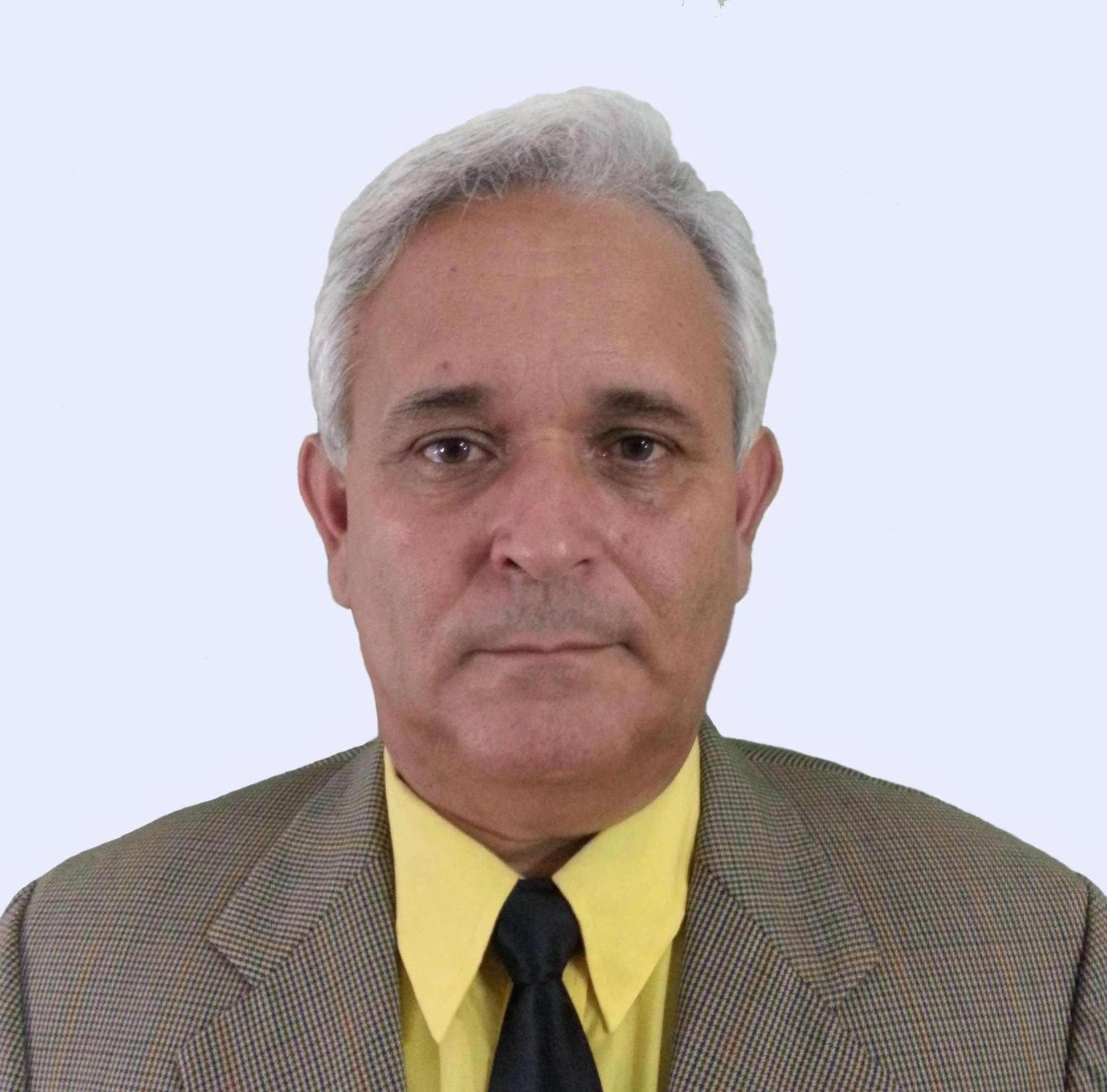Using code systems for simulating the interaction of radiation with matter, based on the Monte Carlo method, the necessary radiation shielding in an under development SPECT-CT scanner will be calculated. The scanner uses a novel micropixels type detector, and will be intended for clinical research. Its safe exploitation by scientific and medical personnel must comply with the radiological protection requirements demanded at the international level. The necessary shielding will be calculated for different materials, sources and geometric conditions.
Tasks
- Study of methods for mathematical modeling of radiation interaction with matter.
- Familiarization with SPECT, PET and CT imaging techniques.
- Determination from literature of the safe exposure dose limits for occupationally exposed personnel and patients.
- Study and, if necessary, adjust the geometry of the scanner system.
- Calculation by mathematical modeling of the spatial distribution of particles fluencies in the experimental system for typical sources.
- Conversion of the obtained data to dose units.
- Analysis of the results.
- Preparation of final report.
Preliminary schedule by topics/tasks
The expected project duration is 5-6 weeks.
The work schedule will follow the order of the tasks indicated above, admitting the student initiative. Most of the time will be dedicated to calculating and analyzing the results, leaving the last week for the report preparation. The final schedule will be agreed directly with the student.
Required skills
General Physics, courses on Nuclear Physics.
Experience in the search for bibliographic information and its appropriate processing.
Knowledge of the mechanisms of ionizing radiation interaction with matter.
Knowledge of the Monte Carlo Method and its use in Nuclear Physics.
Minimum skills in the use of the MCNPX and/or GEANT4 code systems.
Satisfactory communication in English, Russian or Spanish language.
Acquired skills and experience
Understanding of the fundamentals of some advanced medical imaging techniques based on applications of Nuclear Physics.
Application of mathematical simulation techniques to solve applied problems of radiological protection.
Familiarization with radiation terms and units.
Improved knowledge in the use of Office Excels and OriginPro software programs for processing and presentation of experimental results.
Increased experience in the preparation and defense of scientific work reports.
Recommended literature
- Hooshang Nikjoo, et al., Interaction of radiation with matter, CRC Press, Taylor & Francis Group, (2012).
- C-K Chris Wang, Atoms, Nuclei, and Interactions of Ionizing Radiation with Matter, (First Edition), Cognella Academic Publishing, (2016).
- International Commission on Radiological Protection, ICRP-103 The 2007 Recommendations of the International Commission on Radiological Protection, JAICRP 37, (2007).
- John S. Hendricks, et. al. LA-UR-08-2216, MCNPX 2.6.0 Extensions, Los Alamos National Laboratory, April 11 (2008).
- International Commission on Radiological Protection, Conversion coefficients for use in radiological protection against external radiation, ICRP publication 116, Annals of the ICRP 40, Pergamon Press Oxford (2010).





